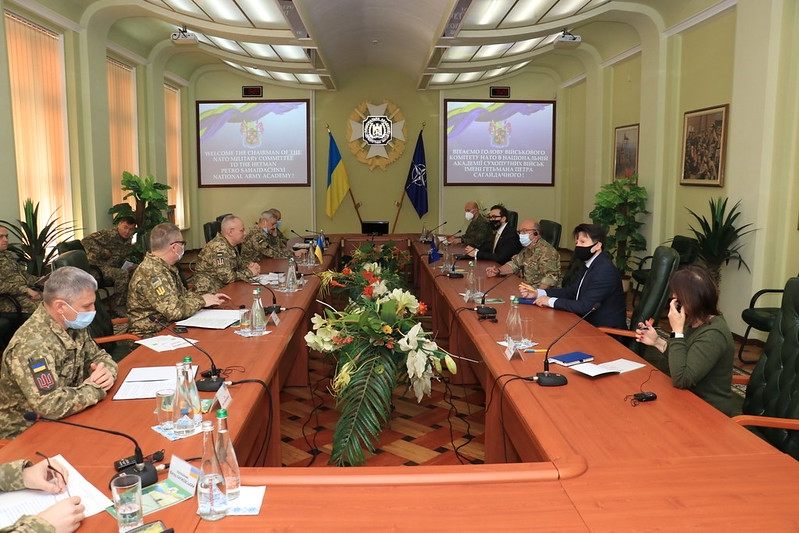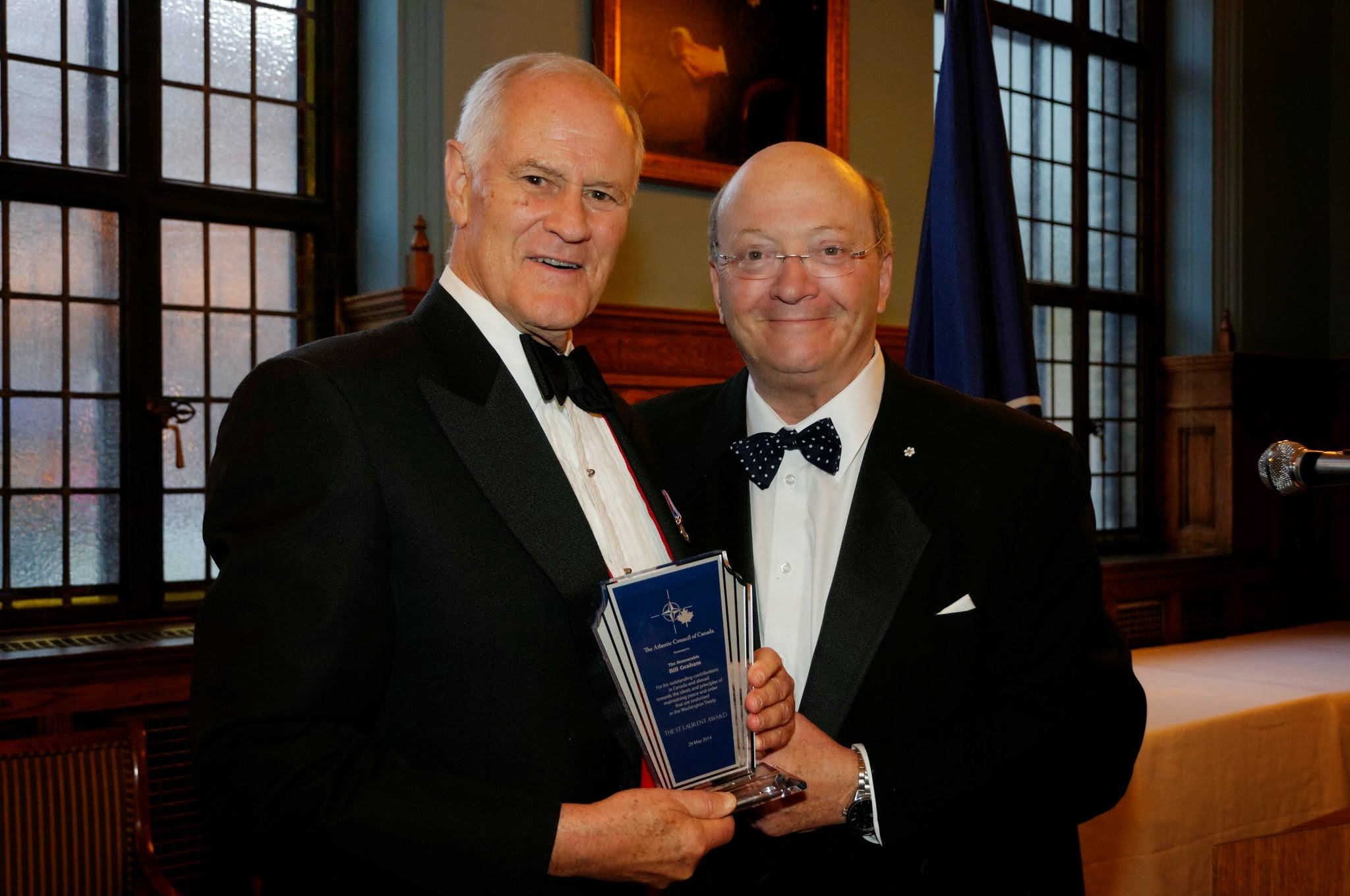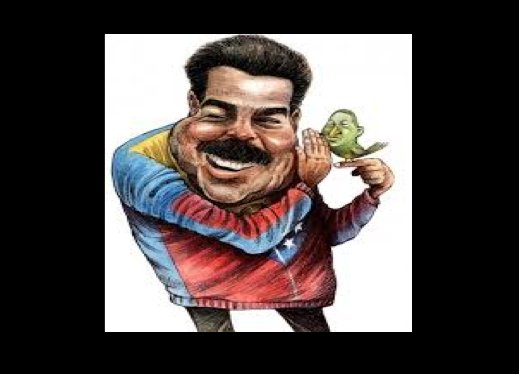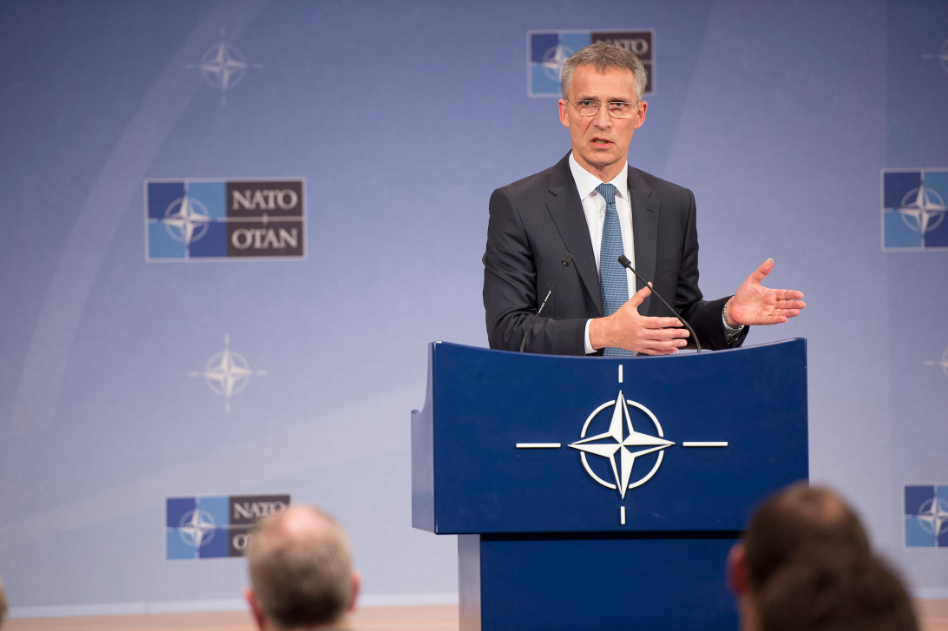NATO has always had a complicated relationship with Eastern Europe. In the pursuit of peace and security in the region, NATO expansionism is consistently critiqued for not happening quick enough while at the same time happening too fast. The recent buildup of Russian military forces on the Ukrainian border has thrust these critiques into the spotlight. There are renewed calls for an expedited pathway towards NATO membership for Ukraine amidst rising tensions between NATO and Russia stemming from NATO expansion eastward. A concept that links these two topics is NATO’s Partnership for Peace (PfP) programme, as it was designed to signal to Russia that NATO expansion was not a threat to Russian security but also provide a “training ground for NATO membership.” This article explores PfP and will examine if it gives Ukraine its pathway to NATO membership.
PfP was established in 1994 as a way for countries to develop individual relationships with NATO. As of 2021, there are 20 countries in the program, including both Russia and Ukraine. The program aims to build stability, security and limit the threats to peace in the Euro-Atlantic region through a commitment to democratic principles. In its origins, PfP offered participating States aid in maintaining their capability and readiness with respect to United Nations’ operations, the development of cooperative military relations with NATO countries, and consultation with NATO members in the event of a direct threat to their territorial integrity, political independence, or security.
An essential aspect of the PfP is that countries choose the extent to which they operate alongside NATO. Some countries decide to deepen their relationship with NATO through the development of Individual Partnership Action Plans. The action plans are specifically designed to outline how countries interact with NATO to better suit their needs for domestic reform. A by-product of these action plans is the natural expansion of NATO. While not an explicit component of the PfP, NATO countries saw it as an avenue for NATO enlargement. Active participation in the PfP is seen as an “important role in the evolutionary process and expansion of NATO.” As of today, 14 former PfP countries are now NATO members.
The history of NATO expansionism stemming from PfP brings us to the question of Ukrainian membership. To help answer this question, we turn to the accession of the three Baltic States – Latvia, Lithuania, and Estonia – to NATO. Like Ukraine, these Baltic States share close ties with Russia in their proximity and in being members of the former Soviet Union. Much of the Baltics’ 2004 success in gaining NATO membership is attributed to their commitment to PfP reforms. US officials praised the Baltics for their excellent work in strengthening their democratic institutions, market economy, laws protecting minorities, and fighting corruption. Ukraine shares similar successes. Since 2008, Ukraine has increasingly implemented policies to bring it closer to the alliance. Moreover, the 2021 reform of the Ukrainian Security Service as per NATO recommendations will only increase the trust between Ukraine and NATO allies.
However, where the success in democratic reform is similar, the atmosphere for NATO membership was more palatable for the Baltics than it is currently for Ukraine. In the 90s and early 2000s, the Baltics recognized that the combination of a relatively weaker Russia and a highly influential US afforded them a level of unprecedented political maneuvering. As a result, with direct support from the Clinton and Bush Jr. Administrations, the Baltic States banded together to seek every opportunity to plead their case internationally for NATO membership. Furthermore, while Russia categorically opposed the idea of the Baltics receiving NATO membership, a 2001 dinner between US and Russian Ambassadors indicates that Russia had already accepted NATO expansion. At the time, the US Ambassador to Russia, Alexander Vershbow, insists that he heard very few complaints from the Kremlin regarding the Baltics joining NATO.
In contrast, we see a more complicated circumstance regarding Ukraine for two reasons. First, while the US maintains its commitment to aiding Ukraine in achieving NATO membership, the Biden Administration has taken few steps to move forward in the process. In a speech on May 11th, US Chargé d’Affaires in Ukraine, Kristina Kvien, stated that continued reforms are required to protect Ukraine’s sovereignty and territorial integrity, especially from internal threats. Second, there continues to be hesitancy around Ukrainian membership because NATO allies do not want to provoke Russia. The Russian mobilization of more than 100,000 troops in Eastern Europe is the most recent cause of this concern. Moreover, Russia has consistently portrayed itself as the victim of NATO expansionism, particularly concerning Ukraine. This strategy explains why Russia was more willing to let go of the Baltics than “countries like Ukraine, which Russia [views] as an extension of itself.”
The situation in Eastern Europe today is not the same as it was in the 90s or early 2000s. Ukraine’s PfP pathway to NATO membership is still viable through their commitment to democratic reforms – mirroring the success found in the Baltics. However, the geopolitical landscape is much less supportive of Ukraine than it was for Latvia, Lithuania, and Estonia. There is less internal support from NATO members pushing for Ukrainian membership. Moreover, Russia is in a more significant position of power and has a greater willingness to place pressure on NATO by increasing its military presence in and around Ukraine. This article is not arguing that Ukraine membership should not happen – quite the opposite. To ensure State sovereignty and territorial integrity, as enshrined in the UN Charter, Ukraine must receive NATO membership. As NATO Secretary-General Jens Stoltenberg said in a joint press conference with Ukrainian Prime Minister Denys Shmyhal, the focus “should be on the reforms” that continue to “fight corruption and [strengthen the] democratic institutions of Ukraine.” The PfP programme continues to provide the pathway to NATO membership – it will just be much more complicated than previous examples.
Photo: NATO Military Committee Chairman visits Ukraine (2021) by NATO North Atlantic Treaty Organization via Flickr. Licensed under CC BY-NC-ND 2.0.
Disclaimer: Any views or opinions expressed in articles are solely those of the authors and do not necessarily represent the views of the NATO Association of Canada.




